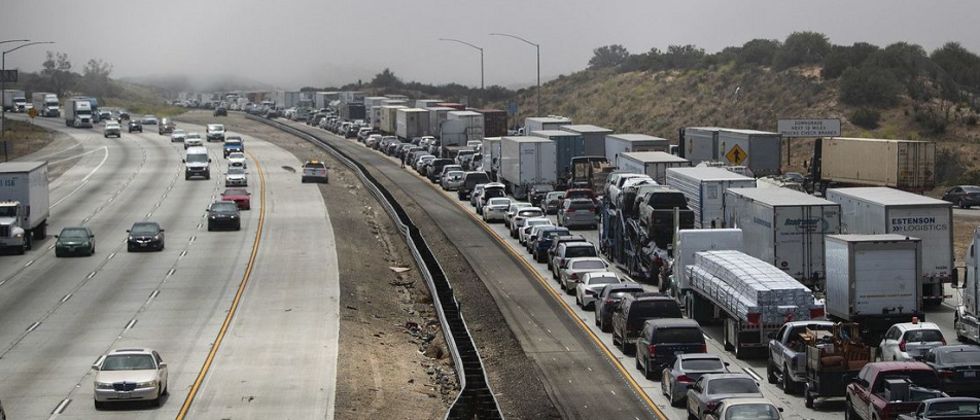California Management Review
California Management Review is a premier professional management journal for practitioners published at UC Berkeley Haas School of Business.
by David Vogel

California, with one of the most important car markets in the world, has long led the way in pushing for less-polluting vehicles. That may soon change.
On Thursday, the Trump administration announced plans to freeze federal fuel economy standards and roll back California’s own tailpipe emissions rules. This unprecedented deregulation effort would upend a system that improved air quality throughout the United States and slowed environmentally harmful greenhouse gas emissions.
California’s authority to regulate automobile emissions goes back to the 1960s, when Los Angeles was enveloped in dangerously high levels of smog. To address the problem, the state enacted the nation’s first exhaust controls on cars. The automobile industry reluctantly accepted these regulations, though it insisted that the smog problem was unique to California. Only after New York state also began to develop its own pollution controls did the industry reverse course, backing federal regulations.
But it did so with one condition: No state could be allowed to adopt more stringent pollution controls than the federal government.
For 50 years, California has functioned as a laboratory for innovative regulations of motor vehicles.
The Air Quality Act of 1967 permitted California to request an exemption from federal standards. That legislation was confirmed by the 1970 Clean Air Act: Washington was required to grant the state’s “waiver” requests unless it could demonstrate that they were not needed to meet “compelling and extraordinary conditions.” Since 1967, California has been granted waivers more than 100 times. And in 1977, Congress permitted other states the option of adopting California’s more stringent standards too — an option that 13 other states, accounting for roughly a third of new car sales, have exercised.
The fact that the United States has historically given two governments — the state of California and the federal government — the authority to establish pollution controls for motor vehicles has played a critical role in continually strengthening those standards. For 50 years, California has functioned as a laboratory for innovative regulations of motor vehicles, many of which then became federal standards.
Unleaded gasoline, the introduction of two-way catalytic converters, standards for emissions of nitrogen oxides, along with scores of other pollution controls were first introduced in California and then became national requirements. The dynamic of state policy leading to federal policy has played a critical role in improving air quality throughout the country.
As the effects of climate change became more and more apparent, California again took the lead.
Greenhouse gas emissions from vehicles are one of the most important contributors to climate change. In 2004, California issued the nation’s (and the world’s) first greenhouse gas emissions standards for motor vehicles. Though the state’s request for a waiver for that policy was initially denied by the George W. Bush administration (on the grounds that climate change was a global rather than a regional problem), the Obama administration reversed course in 2009, granting the request along with several other waivers.
California and the other states that have chosen to follow its regulations required car makers to nearly double fuel economy to about 54 miles per gallon by 2025. Several states also mandated that automakers’ total sales in their markets include 10% to 12% of zero emission vehicles — such as electric vehicles — by that date.
The new Trump administration proposal would stop the progress toward these environmental improvements, halting fuel economy standards at the 37-miles-per-gallon mark. Worse, it would end California’s waiver rights, making it impossible for this state — and others — to meet its long-term greenhouse gas reduction goals and continue in its role as a regulatory experimenter.
The development of new automotive technologies, pushed forward by California, has been nothing short of life-saving since the 1970s. The Trump administration claims it is protecting jobs, making cars safer and protecting the environment. Instead it is stifling a valuable policy dynamic, and putting our health and the planet at further risk.
This op-ed was originally published by the Los Angeles Times.